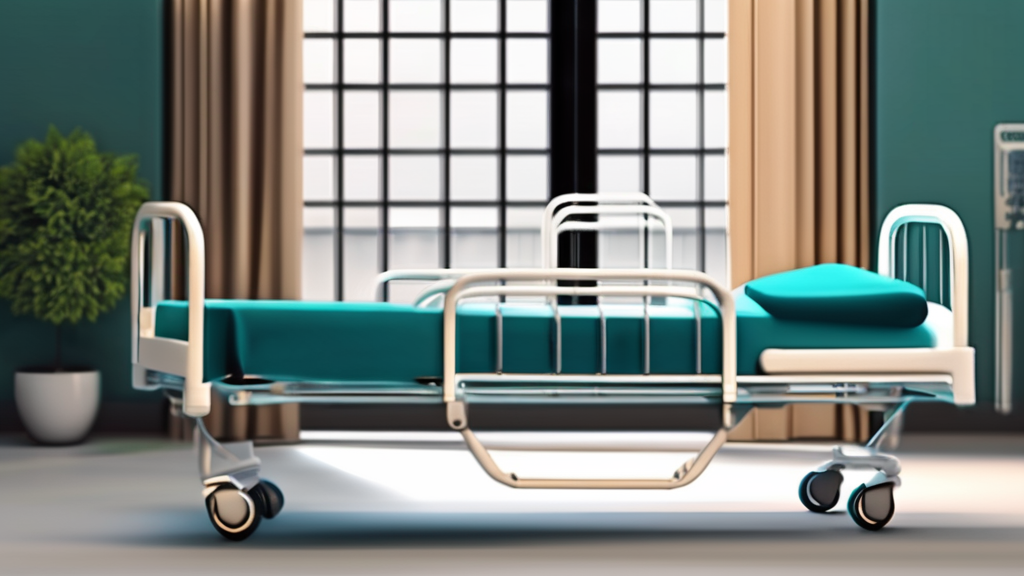Hospital beds are designed to provide comfort, safety, and convenience for patients with various medical needs. Understanding the different types of hospital beds available can help in making an informed decision based on the patient’s requirements. Here’s a breakdown of the main categories:
Fully Electric Bed
Fully electric hospital beds are operated with a motor, allowing patients and caregivers to adjust the bed’s height, head, and foot sections with the push of a button. This type of bed offers maximum convenience and minimal physical effort, making it ideal for patients with limited mobility or those who require frequent adjustments.
Semi-Electric Beds
Semi-electric hospital beds combine electric adjustments for the head and foot sections with a manual mechanism for raising and lowering the bed’s height. They strike a balance between the convenience of electric beds and the cost-effectiveness of manual beds, suitable for patients who need moderate adjustment capabilities without the higher price tag of fully electric models.
Manual Hospital Bed
Manual hospital beds require physical effort to adjust the bed’s sections and height, using hand cranks. They are the most affordable option but may not be suitable for patients or caregivers who lack the strength or ability to make manual adjustments.
Specialized Beds
Specialized hospital beds are designed for specific medical conditions and needs. These include low beds for fall-risk patients, air-fluidized beds for pressure ulcer prevention, and ICU beds equipped with critical care functions. Specialized beds offer tailored features for complex care requirements.
Bariatric Hospital Bed
Bariatric hospital beds are built to support heavier patients, featuring a wider and sturdier frame capable of accommodating weight capacities exceeding typical hospital beds. These beds often come with full, semi-electric, or manual options and may include additional features to assist with the care of bariatric patients.
Trendelenburg Bed
Trendelenburg beds offer the capability to position patients in the Trendelenburg (with feet higher than the head) or reverse Trendelenburg (with head higher than the feet) positions. This feature is beneficial for various medical conditions, assisting with circulation, respiratory issues, and other specific care needs.
Hospital Bed vs Adjustable Bed
While hospital beds are designed with medical needs and patient care in mind, adjustable beds are primarily aimed at providing comfort for home use. Adjustable beds may offer similar head and foot elevation features but lack the robust medical-grade capabilities and customization of hospital beds. They are more suited for individuals looking to enhance comfort rather than meet medical requirements.
Each type of hospital bed serves a unique purpose, catering to different patient needs, care settings, and budget considerations. Whether requiring high-tech adjustments for complex care or simple modifications for comfort and safety, there’s a hospital bed option available to suit every need.


